Extreme Risk Protection Orders, or “red flag orders,” are popular among the gun control crowd. The idea of red flag laws, however, is popular with a lot of people outside of those circles as well.
After all, what’s not to like? The idea of taking a gun from someone before they hurt a bunch of folks? When we look at the history of mass shootings in recent years, it’s not difficult to see why many find the idea attractive.
Yet following those mass shootings, we tend to hear all about how it could have been avoided if we had red flag laws.
That happens in places like this op-ed.
When it comes to gun control measures, temporarily restricting access to firearms for people at a high risk for committing violence is one way to reduce harm. In many states, however, there are only limited legal options for doing so, even in situations where a person is making explicit threats of violence, either to themselves or others.
“The familiar refrain that we hear is, ‘What are we going to do? There’s no crime that’s been committed,'” said Shannon Frattaroli, a professor of health policy whose research focuses on gun violence prevention. She is a core faculty member of the Johns Hopkins Center for Gun Violence Solutions.
This was the case in the recent mass shooting in Uvalde, Texas, where the shooter made explicit threats of violence beforehand. These threats were reported to police, who had no specific legal option to temporarily restrict the shooter’s access to firearms. It appears that in the Highland Park shooting on July 4, the suspect in the shooting was able to obtain firearms despite an alleged previous suicide attempt and threats of violence against his family.
One option for temporarily removing access to firearms is an extreme risk protection order, or ERPO for short, which is legal in 19 states and the District of Columbia.
Of course, the author goes on to try and make the case that such orders can prevent mass shootings, but there’s a bit of misdirection involved here.
First, the focus on Uvalde.
You see, Texas doesn’t have such a law on the books, so it makes a tempting target for criticism. Yet there’s no reason to believe that the mere existence of such a law would have prevented the deadly shooting there.
After all, New York has such a law on the books and it didn’t stop Buffalo.
Hell, they mention Highland Park but fail to mention that Illinois also has a red flag law on the books. Despite all the “red flags” mentioned, no one sought to use the order against the eventual alleged gunman.
By focusing on Uvalde, the author doesn’t have to delve into the complete and utter failure of the law to stop two other mass shootings.
None of which touches on the fact that red flag laws hinge on the idea of taking guns away from people who have done nothing illegal and without due process, or the fact that if these people are so damn dangerous, why are you leaving them on the streets?
Honestly, it’s really kind of sad that anyone thinks this is the answer to anything.
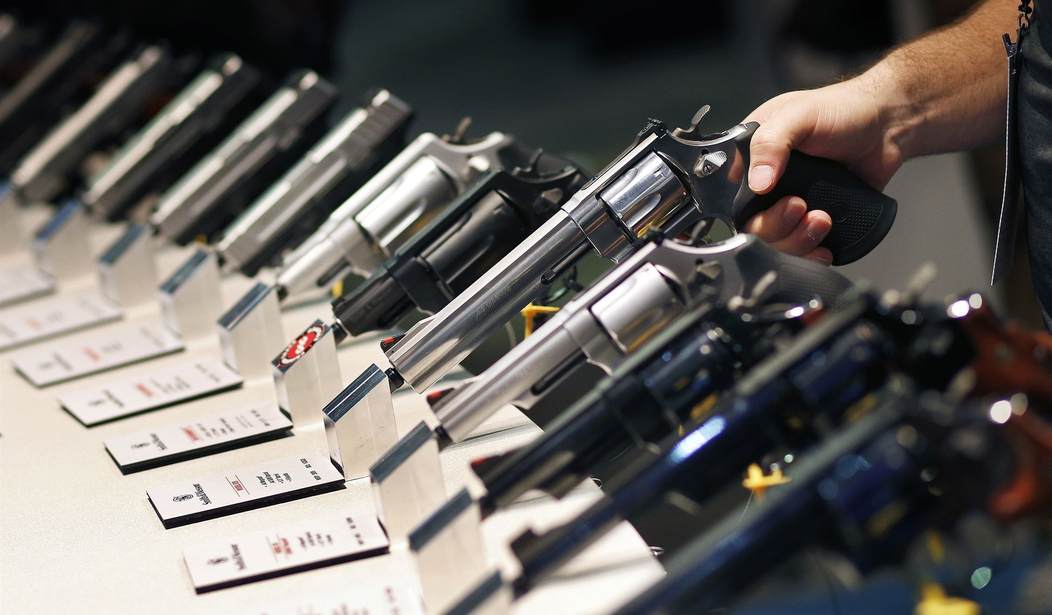

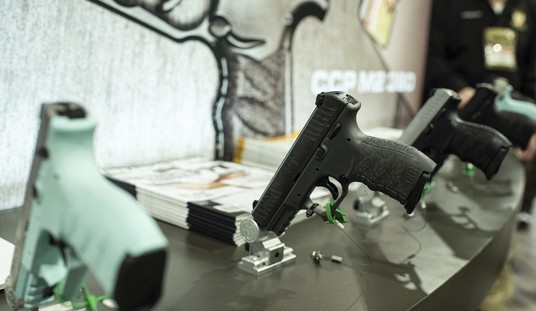


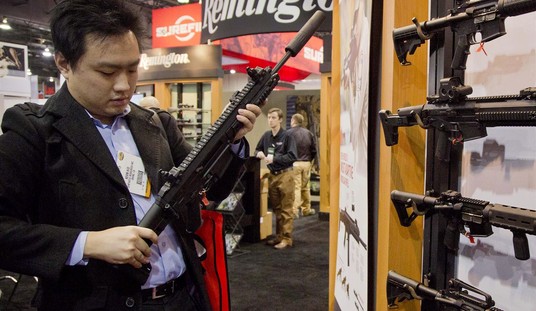
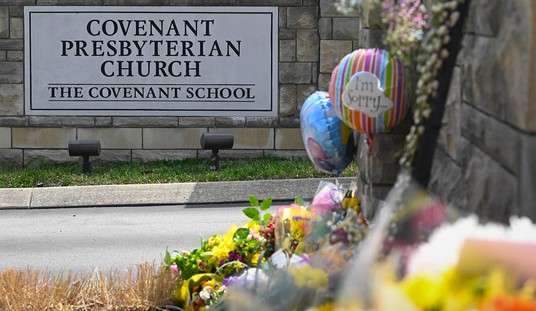
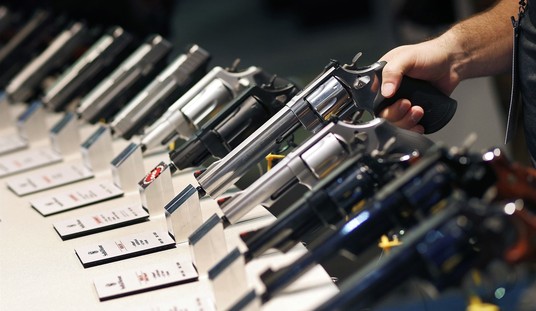
Join the conversation as a VIP Member